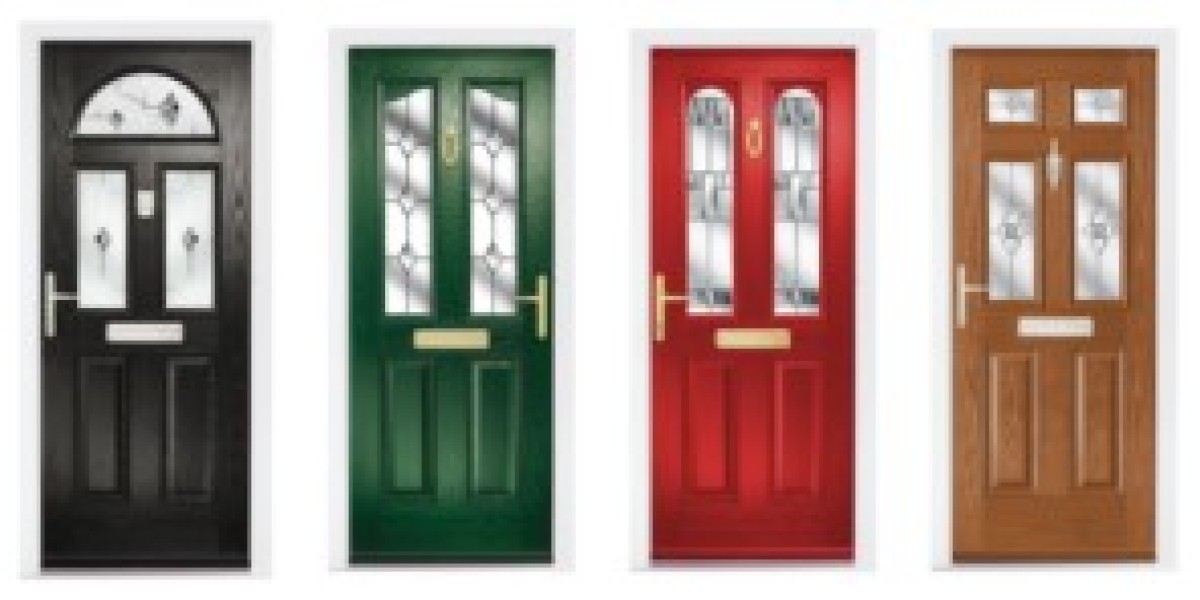Composite Door Lock Replacement: A Comprehensive Guide
Composite doors, understood for their sturdiness and aesthetic appeal, are a popular option for property owners seeking to enhance both the security and the curb appeal of their homes. However, like any other element of a home, the locks on composite doors can break over time or become damaged, requiring replacement. This article offers a comprehensive guide on how to change a composite door lock, making sure that house owners can undertake this job with confidence and performance.
Understanding Composite Doors
Before diving into the replacement procedure, it's vital to comprehend the distinct attributes of renovate composite door doors. Composite doors are made from a mix of materials, normally including wood, plastic, and sometimes metal. This blend of products uses improved resilience, insulation, and resistance to weathering. The locks on composite doors are typically more robust and advanced than those on traditional wood doors, making them a crucial aspect in home security.
Tools and Materials Needed
To replace a reliable composite door repair door lock, you will require the following tools and products:
- New lock set: Ensure it works with your composite thermal door repair door.
- Screwdriver set: Both flathead and Phillips.
- Drill and drill bits: For creating new holes if needed.
- Determining tape: To measure the existing lock and guarantee the new one fits.
- Pencil: For marking measurements and drilling points.
- Sculpt: For increasing the size of or producing brand-new holes.
- Energy knife: For cutting any excess material.
- Lock lubricant: To ensure smooth operation of the brand-new lock.
Step-by-Step Guide to Replacing a Composite Door Lock
Prepare the Workspace
- Clear the location around the door to guarantee you have adequate space to work.
- Get rid of any ornamental trim or hardware that might disrupt the replacement process.
Remove the Old Lock
- Exterior Handle: Use a screwdriver to get rid of the screws holding the exterior handle in location. Pull the handle away from the door.
- Interior Handle: Similarly, eliminate the screws from the interior handle and pull it far from the door.
- Lock Cylinder: If the old lock has a different cylinder, remove the screws securing it to the door and pull it out. If it's incorporated with the handle, it needs to come out with the handle.
- Lock Mechanism: Remove the screws holding the latch system in location. Slide the lock out of the door.
Step and Prepare for the New Lock
- Step the Existing Holes: Use a determining tape to determine the size and position of the existing holes. This will help you pick a suitable new lock set.
- Mark the New Holes: If the new lock requires different hole placements, use a pencil to mark the brand-new positions on the door.
- Drill New Holes: Use a drill and the suitable drill bits to create new holes. For larger holes, you may require to use a sculpt to enlarge the existing ones.
Install the New Lock
- Latch Mechanism: Insert the new latch mechanism into the door and secure it with screws.
- Lock Cylinder: If the new lock has a separate cylinder, insert it into the door and secure it with screws.
- Exterior Handle: Align the brand-new exterior handle with the holes and insert the screws. Tighten up the screws to secure the handle.
- Interior Handle: Repeat the procedure for the interior handle, ensuring it aligns with the exterior handle and the latch system.
- Test the Lock: Turn the deals with and test the lock to guarantee it operates smoothly. If it feels stiff, use a percentage of lock lube.
Final Touches
- Reattach Trim and Hardware: Replace any decorative trim or hardware that was gotten rid of.
- Check the Door: Open and close the door a number of times to guarantee the brand-new lock is operating correctly and that the door lines up correctly in the frame.
FAQs
Q: Can I replace a composite door lock myself, or should I employ a professional?A: While replacing a certified composite Door Repair door lock is a job that lots of property owners can carry out with the right tools and guidance, it can be more intricate than replacing a lock on a traditional wooden door. If you are not positive in your abilities or if the lock is part of a sophisticated security system, it may be a good idea to hire a professional locksmith professional.
Q: What should I try to find when selecting a new lock for my composite door?A: When selecting a new lock, consider the following:
- Compatibility: Ensure the brand-new lock works with your composite door.
- Security Features: Look for locks with high-security functions such as deadbolts, anti-pick systems, and enhanced cylinders.
- Sturdiness: Choose a lock made from top quality products to make sure longevity.
- Aesthetic appeals: Select a lock that complements the design and finish of your composite door repair materials door.
Q: How typically should I change the lock on my composite door?A: The lifespan of a lock can differ depending on use and maintenance. Generally, it's a good concept to replace a lock every 5-10 years or faster if you notice indications of wear, such as problem in turning the essential or a loose handle.
Q: Can I use a basic lock on a composite door?A: While basic locks can be used on composite doors, it's suggested to use locks particularly developed for composite doors. These locks are typically more robust and much better fit to the special building of composite doors.

Changing a composite security door repair door lock is a task that can considerably improve the security and functionality of your home. By following the steps laid out in this guide and utilizing the right tools and materials, house owners can effectively undertake this job. Whether you choose to do it yourself or hire a professional, ensuring that your composite door lock remains in excellent working condition is an essential action in keeping the safety and security of your home.
By making the effort to understand the process and making informed choices, you can enjoy the peace of mind that includes a secure and properly maintained composite door.









